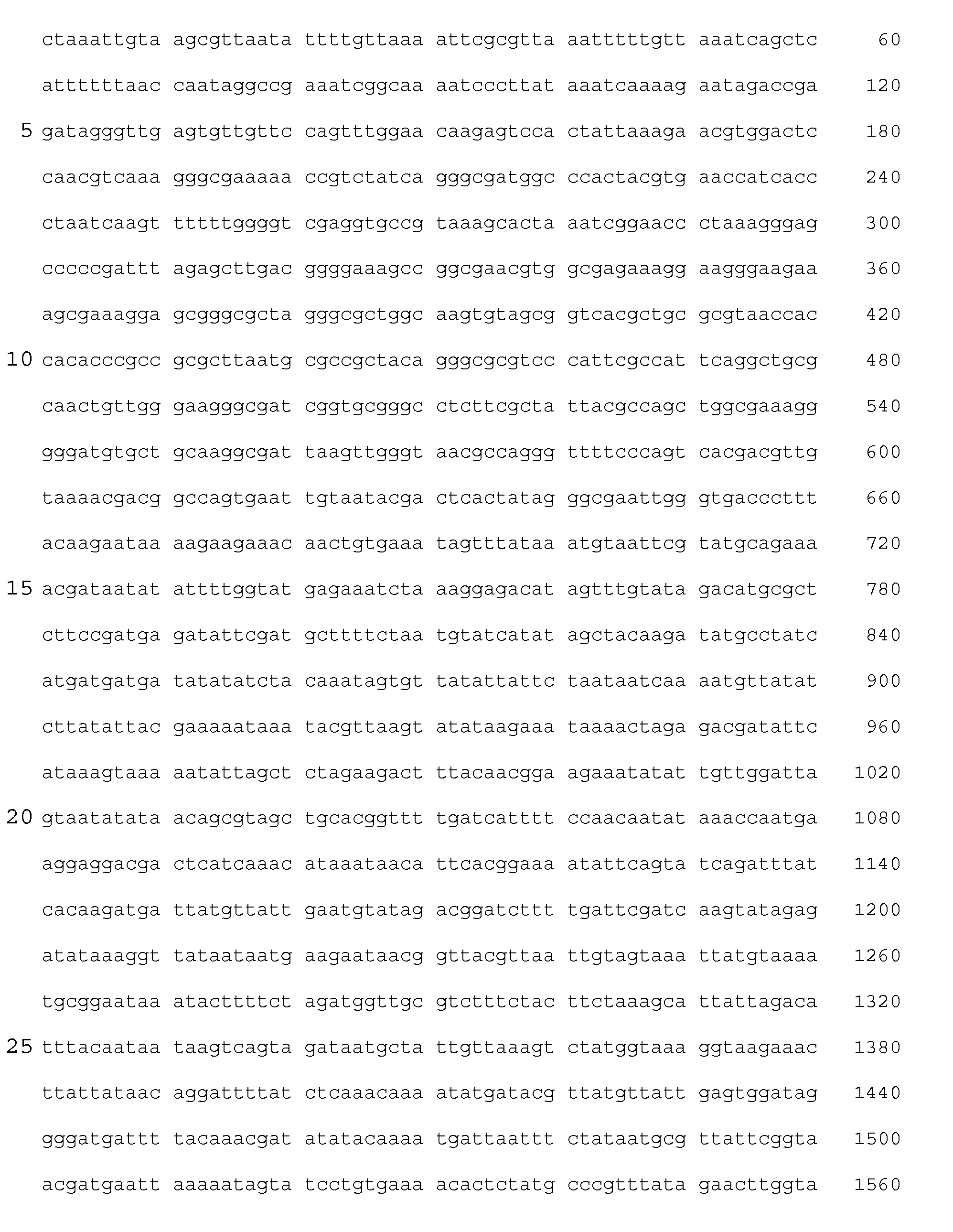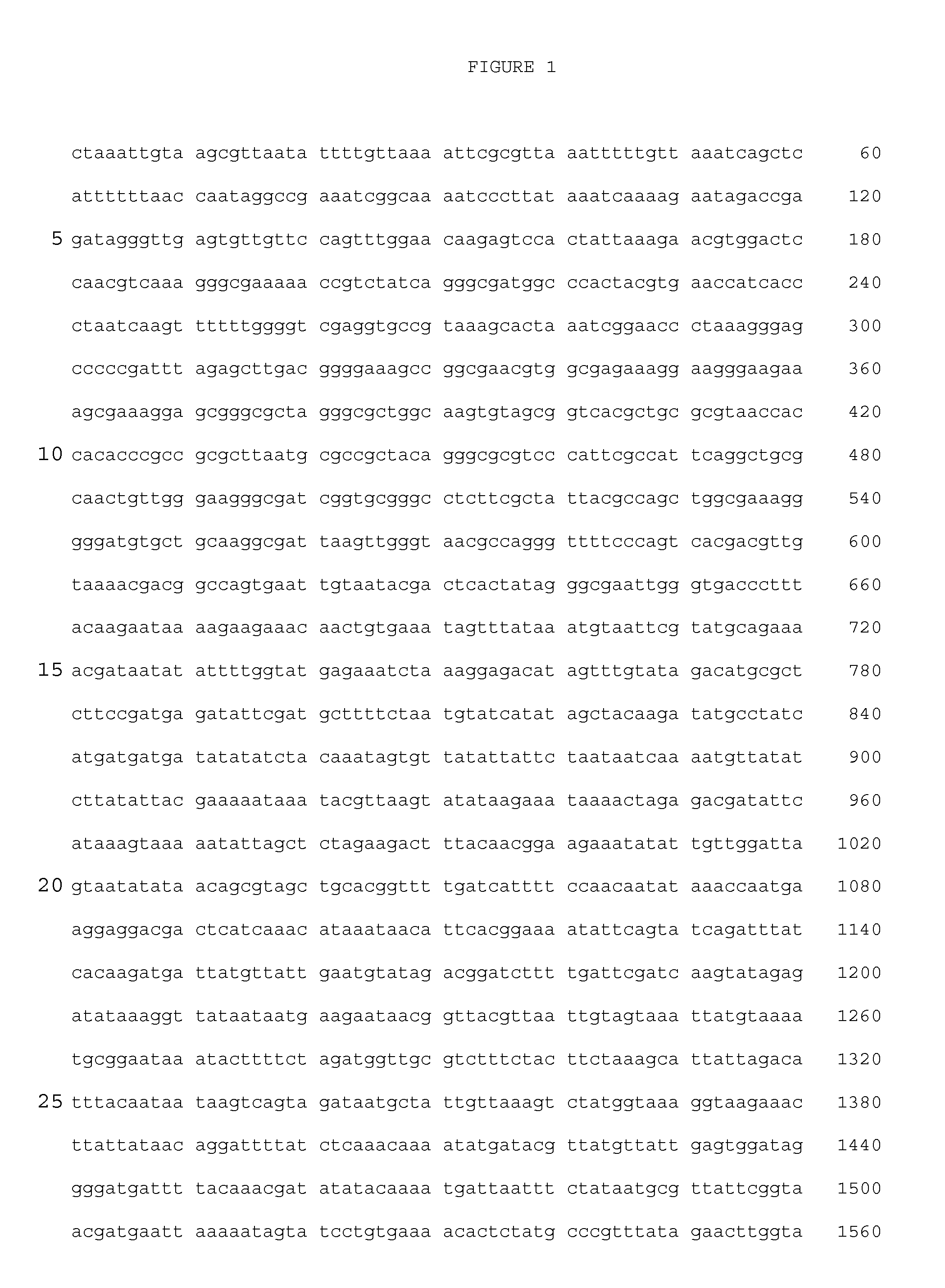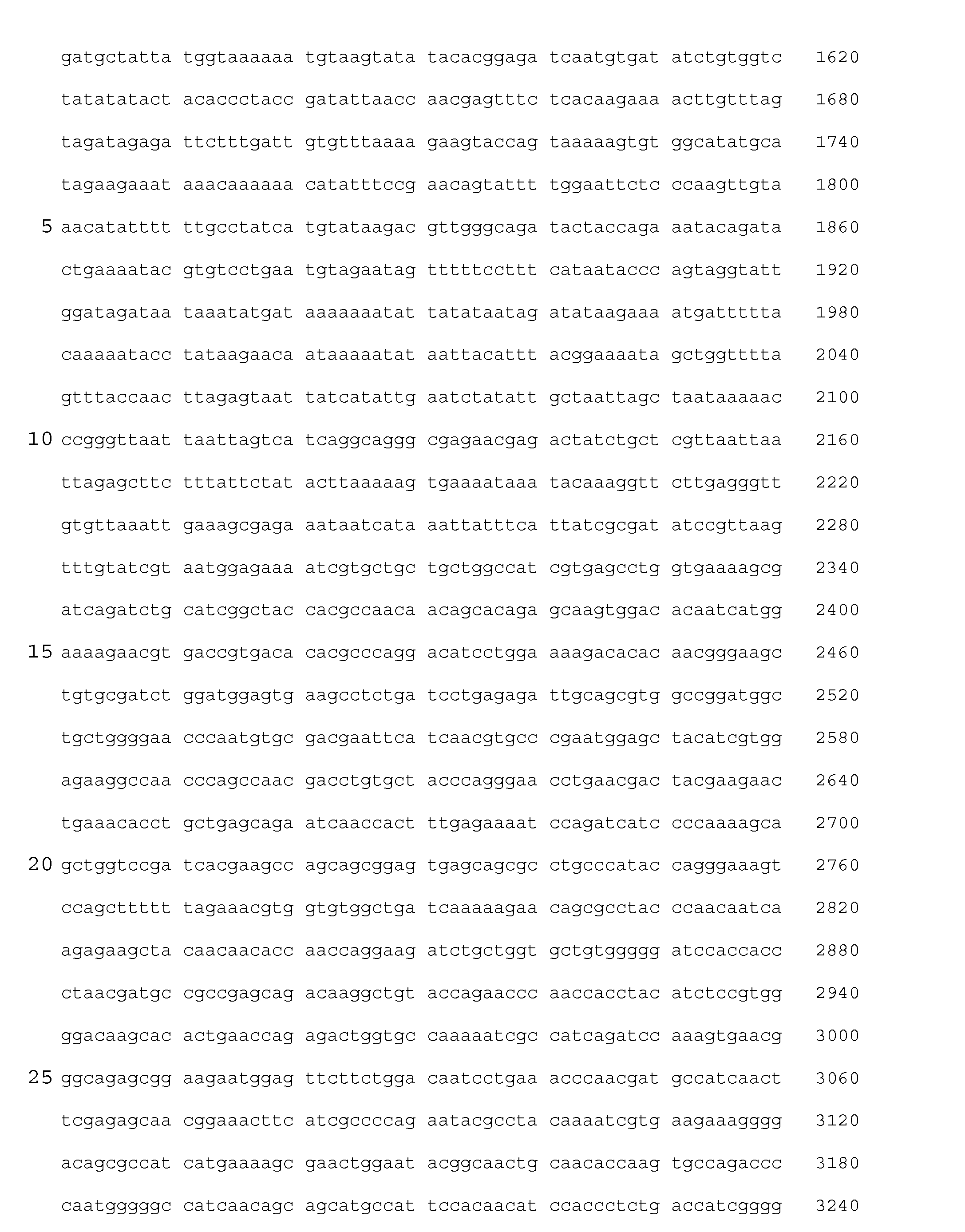Method for Producing the Flu Virus
a technology of flu virus and vaccine, applied in the field of flu virus production, can solve the problem of observing the decrease in the immune response to the vaccin
- Summary
- Abstract
- Description
- Claims
- Application Information
AI Technical Summary
Benefits of technology
Problems solved by technology
Method used
Image
Examples
example 1
Method for Producing Two Vaccinal Strains A / New Caledonia / 20 / 99 (H1N1) and A / New York / 55 / 04 (H3N2) used to Prepare Vaccines Against Human Epidemic Flu Using Embryonated Eggs from Hens which have been Immunized, Either with Two Injections of an Inactivated Vaccine Containing an Avian Flu Virus Strain A / Chicken / Italy / 22A / 98 (H5N9), or by an Injection of a Recombinant Avipoxvirus Encoding the HA of an H5N1 Strain Followed by a Second Injection of an Inactivated Vaccine Containing an Avian Flu Virus Strain A / Chicken / Italy / 22A / 98 (H5N9)
[0111]1.1) Operating protocol
[0112]1.1.1) Construction of the recombinant vector vFP2211 vFP2211 is a recombinant fowlpox virus, into the genome of which has been inserted a synthetic gene encoding the hemagglutinin (HA) of the A / chicken / Indonesia / 7 / 03H5N1 strain. The HA gene was synthesized so as to obtain an open reading frame which encodes an amino acid sequence identical to the native sequence of the A / chicken / Indonesia / 7 / 03 strain described in the Gen...
example 2
Method for Producing Two Pandemic Vaccinal Strains A / Chicken / Italy / 22A / 98 (H5N9) and A / Vietnam / 1194 / 04 NIBRG14 (H5N1) Using Embryonated Eggs From Hens Which Have Been Immunized, Either with Two Injections of an Inactivated Vaccine Containing an Avian Flu Virus Strain A / Chicken / Italy / 22A / 98 (H5N9), or with an Injection of a Recombinant Avipoxvirus Encoding the HA of an H5N1 strain Followed by a Second Injection of an Inactivated H5N9 Vaccine Containing an Avian Flu Virus Strain
[0128]2.1.1) Immunization of hens
[0129]The protocol for immunizing the hens was identical to that which was used in example 1.
[0130]2.1.2) Protocol for infection of eggs originating from the hens of groups G1 and G2 and from nonimmunized hens, with the A / chicken / Italy / 22A / 98 (H5N9) and A / Vietnam / 1194 / 04 NIBRG14 (H5N1) virus strains
[0131]The infection protocol was the same as that which was used in example 1, except for the following modifications:
[0132]The low path A / chicken / Italy / 22A / 98 (H5N9) avian strain ori...
example 3
Analysis of the Anti-H5 Maternal Antibody Response in the Eggs from Hens Which have been Immunized with the A / Chicken / Italy / 22A / 98 (H5N9) Vaccinal Strain
[0139]3.1) Operating protocol
[0140]The presence of anti-H5 antibodies in the eggs from the hens of groups G1 and G2 which were immunized with the A / chicken / Italy / 22A / 98 (H5N9) strain was measured according to the protocol described in paragraph 1.1.1). In parallel, the anti-H5 response was also analyzed in the yolks of eggs from nonimmunized hens (control group).
[0141]The anti-H5 response was analyzed in the yolks of eggs (or vitelline fluids) which were taken at the time of tests 1 (W26-27), 2 (W40-41) and 3 (W49-50). The analysis of the anti-H5 response in the yolks of eggs of test 1 was carried out before embryogenesis (D0) and after embryogenesis (D10) (i.e. after the phase of incubation for 10 days at 37° C.). The analysis of the anti-H5 responses in the yolks of eggs of tests 2 and 3 was carried out only after embryogenesis (D...
PUM
| Property | Measurement | Unit |
|---|---|---|
| volume | aaaaa | aaaaa |
| temperature | aaaaa | aaaaa |
| temperature | aaaaa | aaaaa |
Abstract
Description
Claims
Application Information
 Login to View More
Login to View More - R&D
- Intellectual Property
- Life Sciences
- Materials
- Tech Scout
- Unparalleled Data Quality
- Higher Quality Content
- 60% Fewer Hallucinations
Browse by: Latest US Patents, China's latest patents, Technical Efficacy Thesaurus, Application Domain, Technology Topic, Popular Technical Reports.
© 2025 PatSnap. All rights reserved.Legal|Privacy policy|Modern Slavery Act Transparency Statement|Sitemap|About US| Contact US: help@patsnap.com



